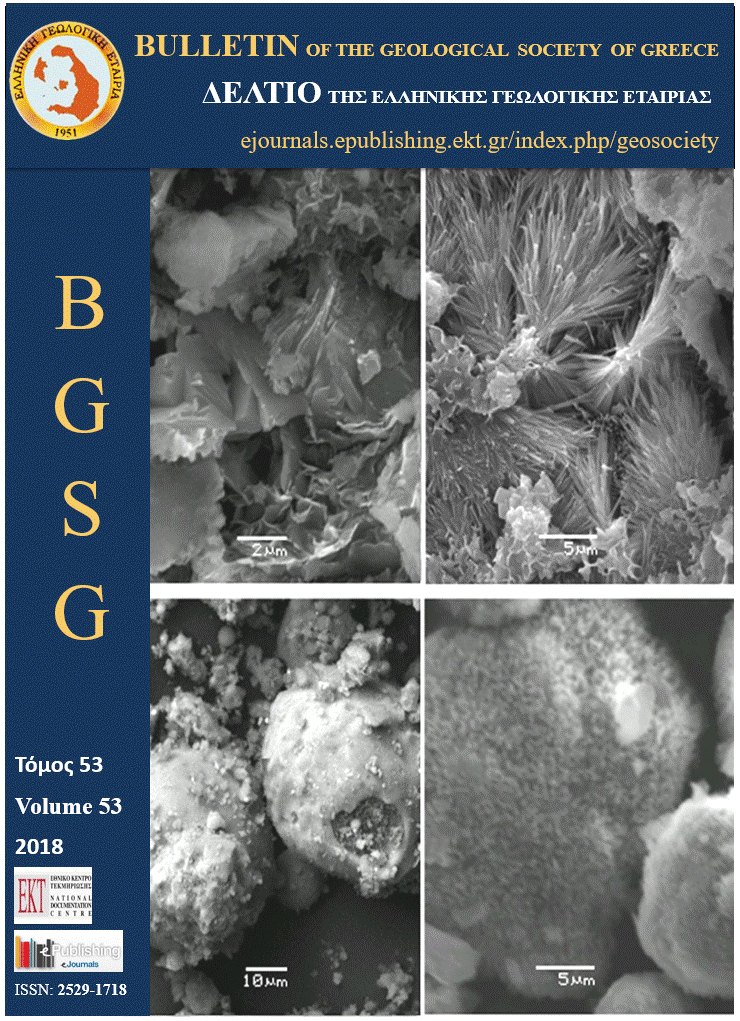Petrology and Provenance of Lithic Raw Materials used to knap stone: A Case Study From the Inner Ionian Sea
Résumé
This paper examines the lithology and raw material provenance of knapped stone artifacts recovered from prehistoric sites on Meganisi in the course of the Inner Ionian Sea Archipelago survey. Research was twofold: in the field to map the geology of the island and collect raw material samples, and in the laboratory to conduct a petrological study using LM, XRD, SEM and ICP-MS techniques. The greater part of the materials used to produce stone tools consists of almost pure SiO2, bedded or nodular cherts mainly of Malm–Turonian and Eocene ages. The cherts were collected by prehistoric knappers from local sources. Patinas present on the artifacts are relatively enriched in calcite material of incomplete silica diagenesis and subsequently a product of late weathering and alteration.
Article Details
- Comment citer
-
Magganas, A., Galanidou, N., Chatzimpaloglou, P., Kati, M., Iliopoulos, G., & Katerinopoulos, A. (2019). Petrology and Provenance of Lithic Raw Materials used to knap stone: A Case Study From the Inner Ionian Sea. Bulletin of the Geological Society of Greece, 53(1), 277–298. https://doi.org/10.12681/bgsg.19655
- Rubrique
- Petrology and Mineralogy

Ce travail est disponible sous licence Creative Commons Attribution - Pas d’Utilisation Commerciale 4.0 International.
Authors who publish with this journal agree to the following terms:
Authors retain copyright and grant the journal right of first publication with the work simultaneously licensed under a Creative Commons Attribution Non-Commercial License that allows others to share the work with an acknowledgement of the work's authorship and initial publication in this journal.
Authors are able to enter into separate, additional contractual arrangements for the non-exclusive distribution of the journal's published version of the work (e.g. post it to an institutional repository or publish it in a book), with an acknowledgement of its initial publication in this journal. Authors are permitted and encouraged to post their work online (preferably in institutional repositories or on their website) prior to and during the submission process, as it can lead to productive exchanges, as well as earlier and greater citation of published work.




